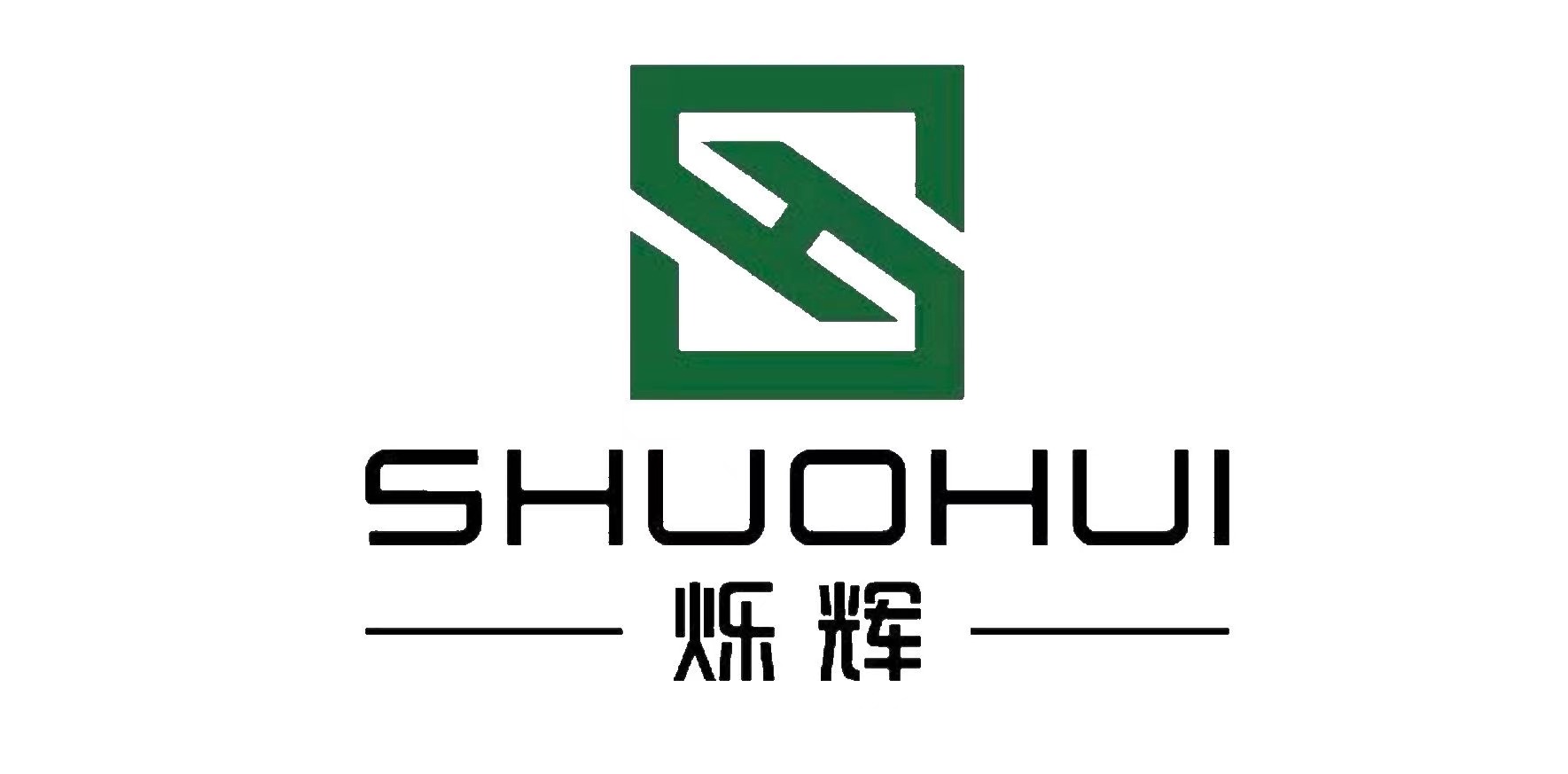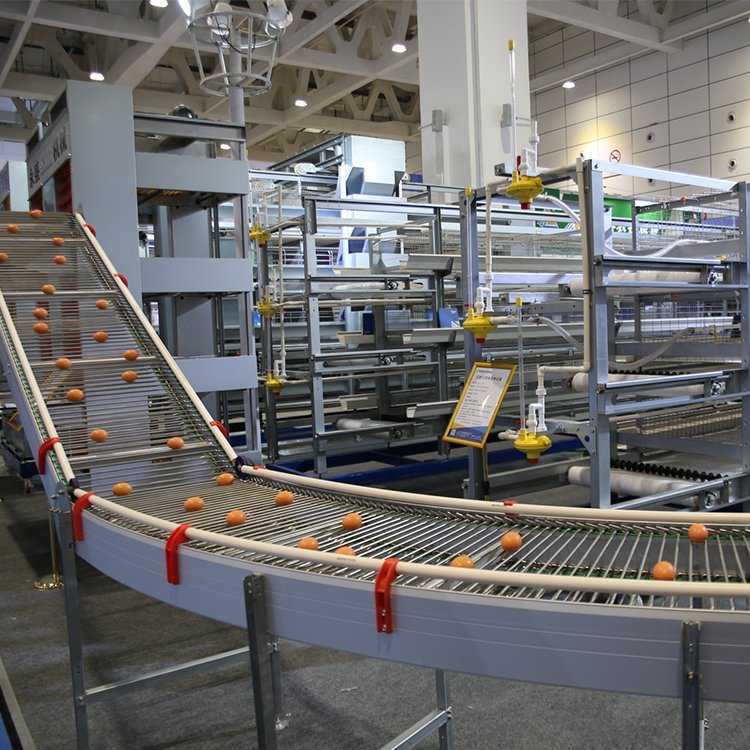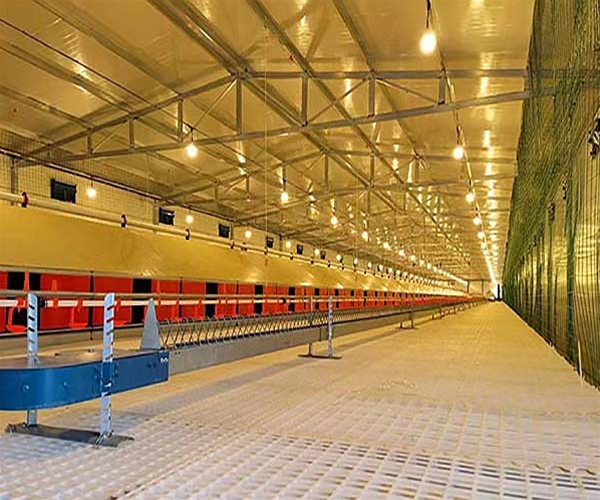In the rapidly evolving world of poultry farming, efficiency, sustainability, and profit are the cornerstones of success. Chicken farming profit is a key factor for any farmer looking to thrive in a competitive market. With the advancements in agricultural technology, specifically automation, farmers now have the opportunity to significantly increase their profits while minimizing labor costs and improving overall farm productivity. This article explores how automated systems can boost chicken farming profit and help farmers achieve long-term success.
Why Chicken Farming Profit Matters
The profitability of a chicken farm depends on many variables, including feed cost, labor expenses, market demand, and operational efficiency. As consumer demand for chicken and eggs continues to rise globally, farmers must adapt to the changing market landscape to stay competitive. The more efficient the farming process, the higher the profits.
However, traditional farming practices, while effective in some cases, are increasingly being outpaced by modern automated systems that help optimize every aspect of chicken farming, from feeding and watering to egg collection and manure removal. By making use of automation, farmers can maximize their profit by cutting down on operational inefficiencies and unnecessary costs.
The Role of Automated Systems in Increasing Chicken Farming Profit
Automated systems are transforming the poultry industry, offering numerous benefits to farmers looking to increase their profitability. Here’s how these systems are directly contributing to higher chicken farming profit:
1. Reduced Labor Costs
Labor is one of the largest expenses in chicken farming. Traditionally, a farm requires multiple workers for tasks such as feeding, watering, egg collection, and cleaning. However, with automated systems in place, tasks that once required multiple workers can now be completed by machines, often requiring only one or two people for monitoring and maintenance. Automated feeding systems, watering systems, and egg collection systems all play a vital role in minimizing labor costs, leading to significant savings and an increase in chicken farming profit.
2. Optimized Feeding and Watering
One of the biggest challenges in poultry farming is providing each chicken with the right amount of feed and water. Overfeeding or underfeeding can result in wasted resources or reduced productivity, which directly impacts profits. Automated feeding and watering systems help ensure that each chicken receives its required nutrients without waste. These systems can monitor and adjust the quantity and frequency of feed delivery based on the chickens’ needs, improving feed conversion ratios and ultimately increasing the farm’s profitability.
3. Improved Health and Productivity
A healthier flock means higher egg production and better meat yield, both of which directly contribute to greater chicken farming profit. Automated environmental control systems ensure that chickens live in optimal conditions by regulating factors such as temperature, humidity, and ventilation. These systems help reduce stress, lower the risk of disease, and improve overall productivity. Additionally, automated manure removal systems keep the chicken house clean and reduce the risk of infections, further boosting the health and productivity of the chickens.
4. Efficient Egg Collection
Manual egg collection is time-consuming and labor-intensive, often leading to broken eggs and higher losses. With automated egg collection systems, eggs are gently gathered from the nesting areas and transported to a central collection point using conveyor belts or roller systems. This reduces egg damage and waste, ensuring higher-quality eggs and less loss. The improved efficiency and fewer broken eggs directly result in increased profitability, making automated egg collection systems a valuable investment for any farm.
5. Waste Management and Resource Conservation
Efficient waste management is crucial for both environmental and economic reasons. Automated manure removal systems help keep the chicken house clean and free from waste, reducing the labor required for cleaning. Moreover, these systems can be used to convert chicken manure into organic fertilizer or even biogas, creating additional revenue streams for the farm. By recycling waste products, farms can reduce costs and enhance sustainability while contributing to chicken farming profit.
6. Data-Driven Decision Making
Automation isn’t just about machines; it also involves data-driven management. With sensors and IoT technology, modern poultry farms collect vast amounts of data on factors like feed consumption, water intake, growth rates, and environmental conditions. By analyzing this data, farmers can make more informed decisions about how to optimize operations, improve animal health, and minimize waste. This data-driven approach can lead to more efficient management and higher returns, further boosting farming profit.
Long-Term Benefits of Automation in Chicken Farming Profit
While the initial investment in automated systems may seem high, the long-term benefits outweigh the costs. By reducing labor, improving feed and water efficiency, boosting productivity, and decreasing losses, farmers can see a substantial increase in profit over time. Automation also helps improve farm sustainability, reducing waste and optimizing resource use, which will be increasingly important as global food demands rise.
Moreover, as automation technology continues to advance, systems are becoming more affordable and accessible, making it easier for smaller farms to adopt these technologies. In addition, government incentives and grants for sustainable farming practices may also help offset the upfront costs of automation.
Conclusion
The future of poultry farming is undoubtedly leaning towards automation. By embracing automated systems, farmers can significantly boost their chicken farming profit by reducing labor costs, improving productivity, and enhancing sustainability. These systems provide smarter, more efficient ways to manage farms, from feeding and watering to egg collection and waste management.
Investing in automation is not just about increasing profits—it’s about future-proofing your farm and ensuring that you can meet the growing demand for eggs and chicken while maintaining high standards of animal welfare and environmental sustainability. As automation technology continues to improve, the opportunities to increase chicken farming profit will only continue to grow. Embrace the change and take your chicken farming operation to the next level!


